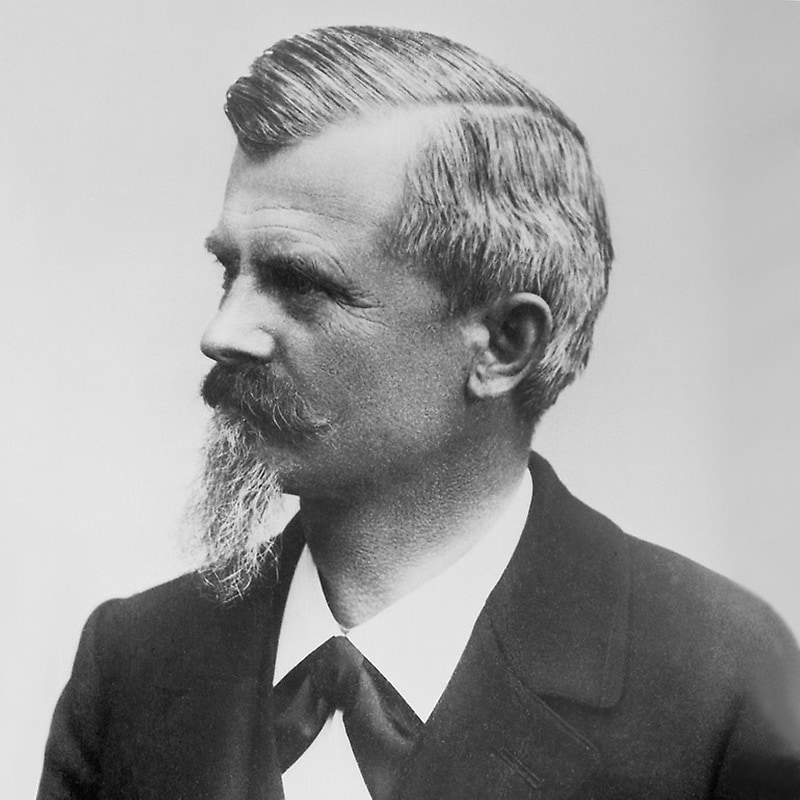Wilhelm Maybach was the ideal match for Gottlieb Daimler and remained closely associated with him until his death in 1900. He went to Karlsruhe with Daimler in September 1869, and then on to Gasmotorenfabrik Deutz in Cologne.
Founders and pioneers
Mercedes-Benz AG
Mercedesstraße 120
70372 Stuttgart
Germany
Phone: +49 7 11 17-0
E-Mail: dialog@mercedes-benz.com
Please send queries about content on this website to any contact. You can address your concerns to us in English and your respective national language.
Represented by the Board of Management:
Ola Källenius, Chairman; Jörg Burzer, Mathias Geisen, Olaf Schick, Michael Schiebe, Britta Seeger, Oliver Thöne, Harald Wilhelm
Chairman of the Supervisory Board: Martin Brudermüller
Court of Registry: Stuttgart; commercial register no. 762873
VAT ID: DE 32 12 81 763
All information about our products can be found on your country-specific Mercedes-Benz product page.
Founders and pioneers
Wilhelm Maybach was the ideal match for Gottlieb Daimler and remained closely associated with him until his death in 1900. He went to Karlsruhe with Daimler in September 1869, and then on to Gasmotorenfabrik Deutz in Cologne.

When Daimler left Gasmotorenfabrik Deutz in mid-1882 because of differences with the management there, in October 1882 Wilhelm Maybach followed him to Cannstatt where he developed the light, high-speed internal combustion engine. When Daimler founded Daimler-Motoren-Gesellschaft in November 1890, Maybach became chief design engineer, but already left again in February 1891. First, for a brief period, he did design work in his private home; in autumn 1892, development work began at Hotel Hermann, financed by Daimler. At the instigation of British industrialist Frederick R. Simms, Maybach eventually reentered the services of DMG as technical director in November 1895. Maybach developed one of his most important designs after Daimler’s death in 1900: the first Mercedes, which defined the fundamental characteristics of the modern automobile.
Despite the great success of the Mercedes cars developed by him, during the following years Maybach became a victim of intrigues and left DMG in 1907. When the Zeppelin LZ 4 was destroyed by storm gusts, Maybach offered to build a new and better airship engine for Count Zeppelin. The founding of Luftfahrzeug-Motorenbau-GmbH Bissingen followed on 23 March 1909. Wilhelm Maybach’s son Karl, who also designed the new Zeppelin engine, took over the technical management. In 1912 the firm, renamed Luftfahrzeug-Motoren-GmbH, relocated to Friedrichshafen. Father and son each held a 20-percent share in the company. However, Wilhelm Maybach left it entirely to his son to shape the fortunes of the company. In mid-1918, the name was changed to Maybach-Motorenbau GmbH. Production of luxury automobiles began in Friedrichshafen in 1922 and reached a peak in models such as the Maybach 12 DS or the Zeppelin.